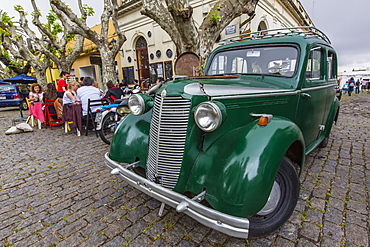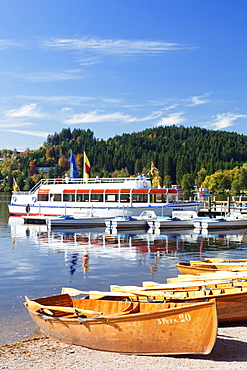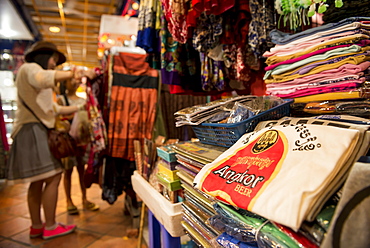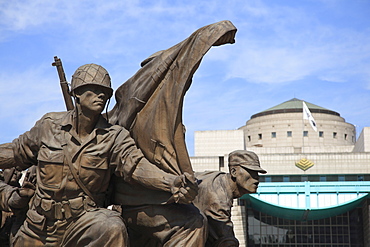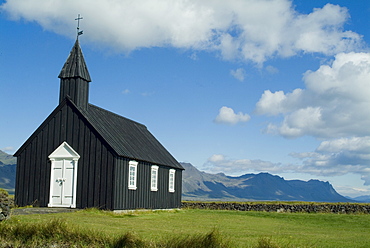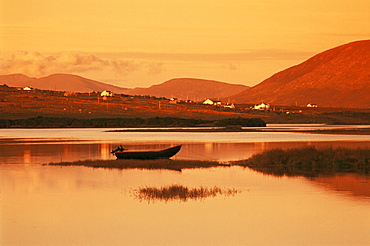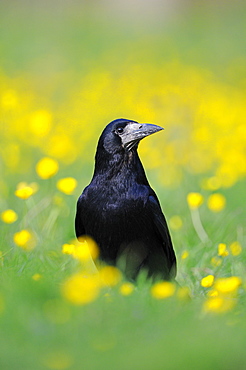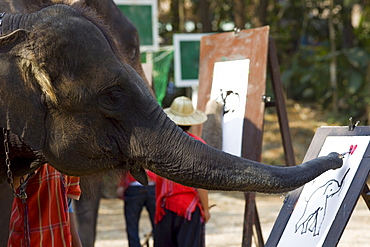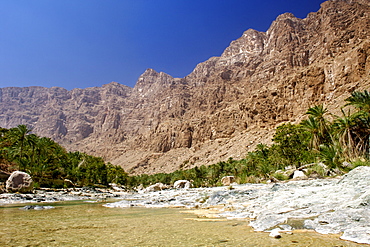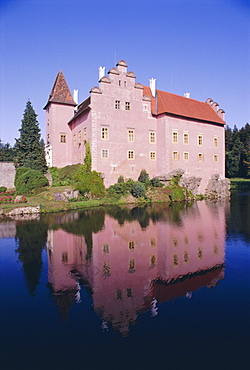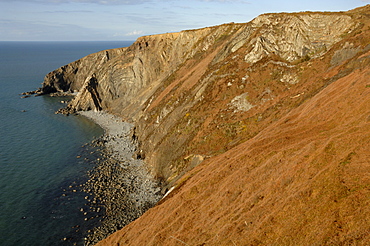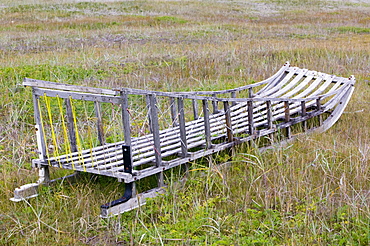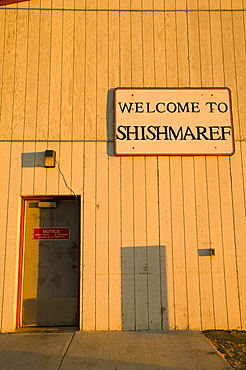Results
« Previous 1 2
121 results found

Ceramic Figure dating from 200-600 AD, from Tambas de Tiro, National Museum of Anthropology, Mexico City, Mexico, North America
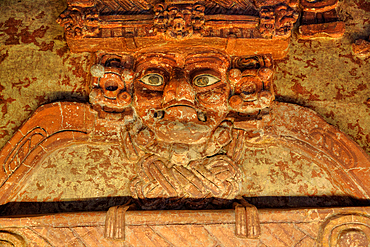
El Frisco de Placeres, dating from 400-600 AD, from Los Placersos, Campeche, National Museum of Anthropology, Mexico City, Mexico, North America
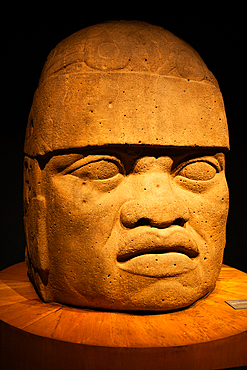
Olmec Colossal Head, 1200-600 BC, from San Lorenzo, Veracruz, National Museum of Anthropology, Mexico City, Mexico, North America
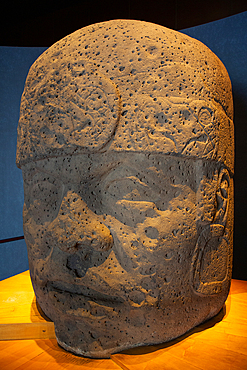
Olmec Colossal Head, 1200-600 BC, from San Lorenzo, Veracruz, National Museum of Anthropology, Mexico City, Mexico, North America
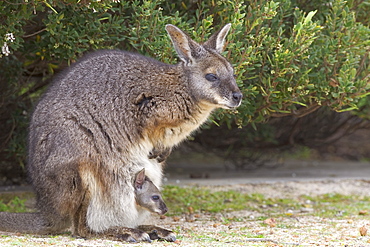
Tammar wallaby (Macropus eugenii), Flinders Chase National Park, Kangaroo Island, South Australia, Australia, Pacific
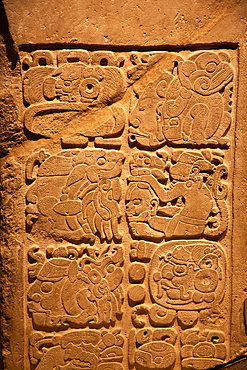
Lintel 48 dating from 600-800 AD, from Yaxchilan, Chiapas, National Museum of Anthropology, Mexico City, Mexico, North America
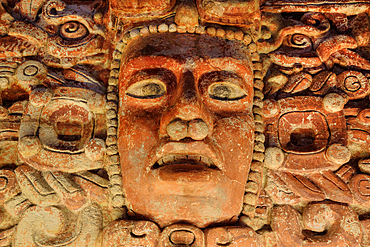
El Frisco de Placeres, dating from 400-600 AD, from Los Placersos, Campeche, National Museum of Anthropology, Mexico City, Mexico, North America
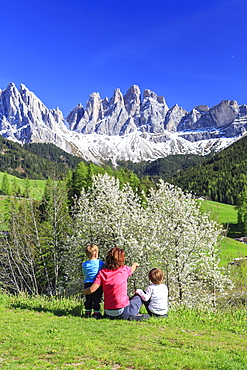
Family on green meadow admires the flowering trees at the foot of Odle, Funes Valley, South Tyrol, Dolomites, Italy, Europe

Close encounters with Nurse shark on G Spot Reef, Turks and Caicos, West Indies, Caribbean, Central America
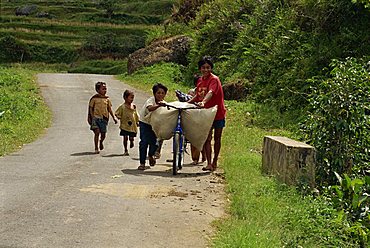
Small group of children carrying load on bicycle and walking up a country road, Toraja area, island of Sulawesi, Indonesia, Southeast Asia, Asia
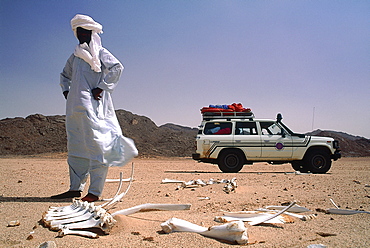
Algeria, Sahara, Tassili M'ajjer, 600 Km East Of Djanet Oasis, Tuareg Driver Looking At Camels Bones
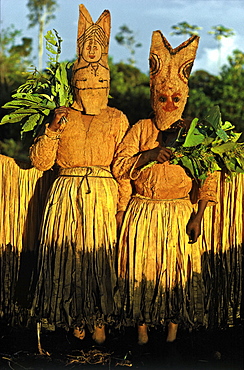
Wearing tree bark cloth masks and skirts, dancers representing fish spirits are invited during the season of the peach palm harvest to drink the juice. it is a feast and ritual exchange: the host group offers the spirits large quantities of peach palm juice, smoked meat and fish, and shaman-blessed coca and snuff. the visitors are the costumed dancers impersonating animal spirits. people eat the meat and fish, animal spirits receive the fruits of peach palm, which are cultivated, harvested, and processed by humans. this exchange expresses the idea that people and animals depend on each other for survival and reproduction. vaupes basin, eastern colombia amazon, population: 600
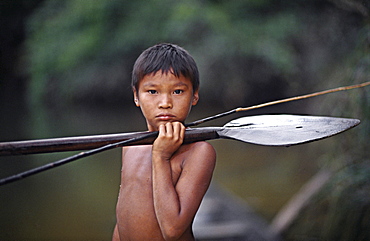
The idea of the interconnectedness of all things is central to the tribal way of looking at the world. practical knowledge of the environment, of crops and medicines, of hunting and fishing, is a byproduct of it. the makuna believe that human beings, animals, and all of nature are parts of the same one. animals and fish live in their own communities, which are just like human communities, with their chiefs, their shamans, their dance houses, their songs, and their material possessions. when human peoples dance in this world, the shaman invites the animal people to dance in theirs. if humans do not dance and shamans do not offer spirit food to the animal people, the animals will die out and there will be no more game left in the world. for the makuna the radical disjunction so characteristic of western thought between nature and culture, men and animals, dissolves. eastern colombia amazon, vaupes region, population: 600
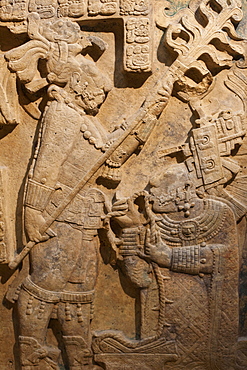
Maya lintel from Yaxchilan in Mexico dating from between 600 and 900 AD, British Museum, Bloomsbury, London, England, United Kingdom, Europe
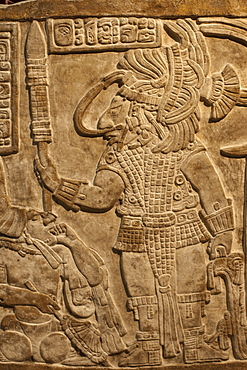
Maya lintel from Yaxchilan in Mexico dating from between 600 and 900 AD, British Museum, Bloomsbury, London, England, United Kingdom, Europe
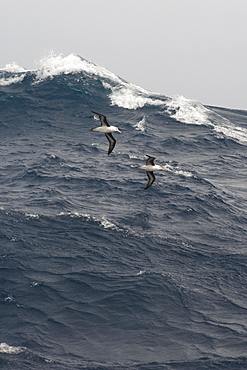
A pair of Black browed Albatross, Thalassarche melanophrys, gliding over large waves, Drake Passage, Southern Ocean
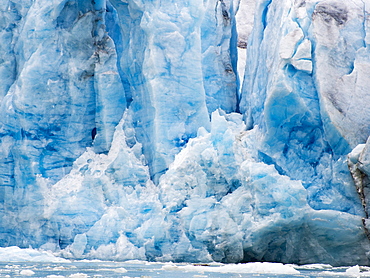
A glacier in northern Svalbard. All of Svalbards glaciers are retreating, even in the north of the archiapelago despite only being around 600 miles from the North Pole.

A glacier in northern Svalbard. All of Svalbards glaciers are retreating, even in the north of the archiapelago despite only being around 600 miles from the North Pole.
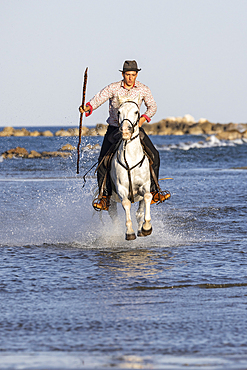
Saintes-Maries-de-la-Mer, Bouches-du-Rhone, Provence-Alpes-Cote d'Azur, France. July 5, 2022. Man riding a horse through the water in the Camargue.
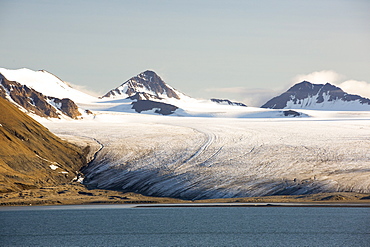
A glacier at Recherchefjorden on Western Svalbard. All of Svalbards glaciers are retreating, even in the north of the archiapelago despite only being around 600 miles from the North Pole.
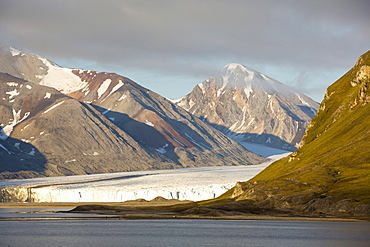
A glacier at Recherchefjorden on Western Svalbard. All of Svalbards glaciers are retreating, even in the north of the archiapelago despite only being around 600 miles from the North Pole.
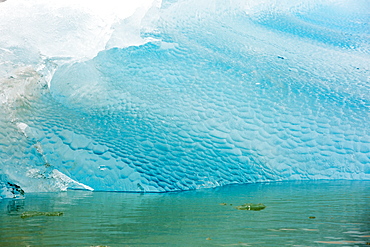
An iceberg from a glacier in northern Svalbard. All of Svalbards glaciers are retreating, even in the north of the archiapelago despite only being around 600 miles from the North Pole.
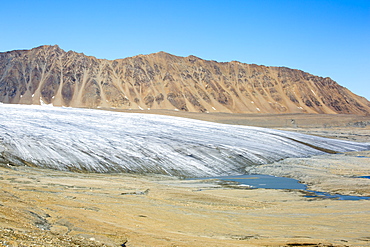
A glacier at Recherchefjorden on Western Svalbard with moraine showing the massive rate of retreat in the last 100 years.. All of Svalbards glaciers are retreating, even in the north of the archiapelago despite only being around 600 miles from the North Pole.
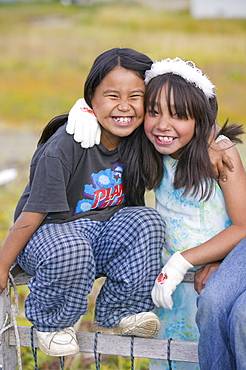
Inuit girls on Shishmaref, a tiny island ihhabited by 600 Inuits, between Alaska and Siberia in the Chukchi Sea, United States of America, North America
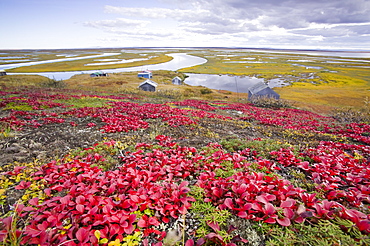
Inuit summer hunting camp at the mouth of the Serpentine river near Shishmaref, a tiny island inhabited by around 600 Inuits, between Alaska and Siberia in the Chukchi Sea, United States of America, North America
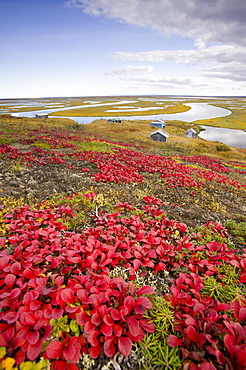
Inuit summer hunting camp at the mouth of the Serpentine river near Shishmaref, a tiny island inhabited by around 600 Inuits, between Alaska and Siberia in the Chukchi Sea, United States of America, North America

Shishmaref, a tiny island inhabited by around 600 Inuits, between Alaska and Siberia in the Chukchi Sea, United States of America, North America
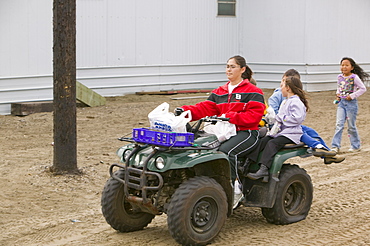
Woman and children on a quad bike on Shishmaref, a tiny island inhabited by around 600 Inuits, between Alaska and Siberia in the Chukchi Sea, United States of America, North America
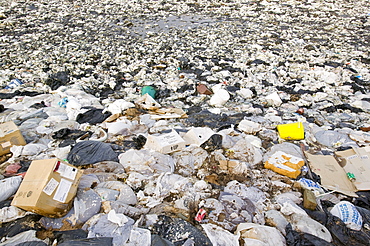
The sewage lagoon on Shishmaref, a tiny island inhabited by around 600 Inuits, between Alaska and Siberia in the Chukchi Sea, United States of America, North America

An Inuit man and puppy on Shishmaref, a tiny island inhabited by around 600 Inuits, between Alaska and Siberia in the Chukchi Sea, United States of America, North America
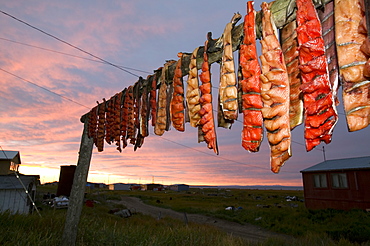
Salmon on traditional Fish drying racks on Shishmaref, a tiny island inhabited by around 600 Inuits, between Alaska and Siberia in the Chukchi Sea, United States of America, North America

Salmon hanging to dry on Shishmaref, a tiny island inhabited by around 600 Inuits, between Alaska and Siberia in the Chukchi Sea, United States of America, North America
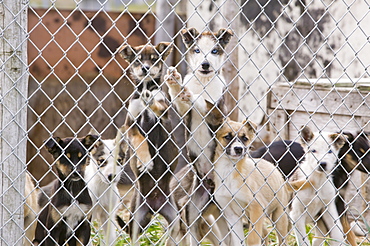
Dog sled puppies on Shishmaref, a tiny island inhabited by around 600 Inuits, between Alaska and Siberia in the Chukchi Sea, United States of America, North America
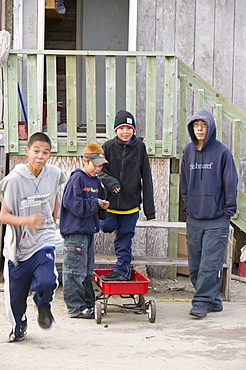
Inuit kids on Shishmaref, a tiny island inhabited by around 600 Inuits, between Alaska and Siberia in the Chukchi Sea, United States of America, North America

Autumn and winter storms eroding the coastline of Shishmaref, a tiny island inhabited by around 600 Inuits, between Alaska and Siberia in the Chukchi Sea, United States of America, North America
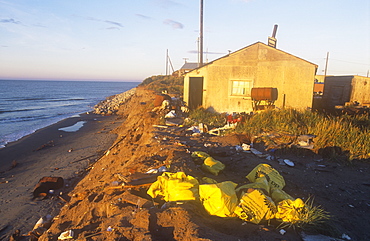
Shishmaref, a tiny island inhabited by around 600 Inuits, between Alaska and Siberia in the Chukchi Sea, United States of America, North America
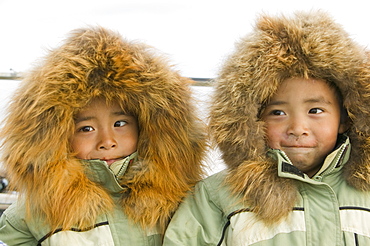
Richard and Jeffrey Tokeinna, Inuit twins, on Shishmaref, a tiny island inhabited by around 600 Inuits, between Alaska and Siberia in the Chukchi Sea, United States of America, North America
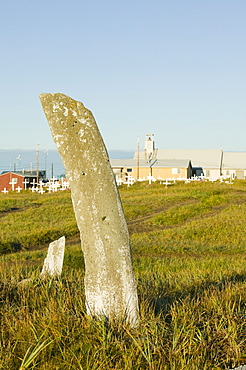
Whale bone marking the shaman's grave on Shishmaref, a tiny island between Alaska and Siberia in the Chukchi sea, home to around 600 Inuits (Eskimos, United States of America, North America
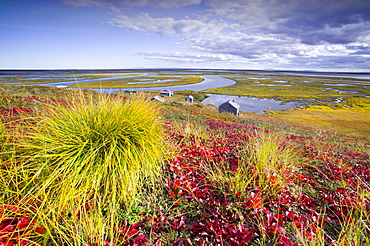
Inuit summer hunting camp at the mouth of the Serpentine river near Shishmaref, a tiny island inhabited by around 600 Inuits, between Alaska and Siberia in the Chukchi Sea, United States of America, North America
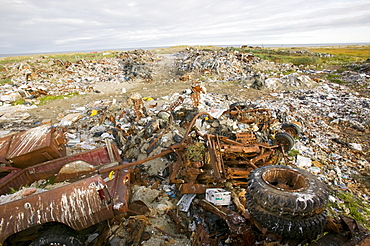
The dump on Shishmaref, a tiny island inhabited by around 600 Inuits, between Alaska and Siberia in the Chukchi Sea, United States of America, North America
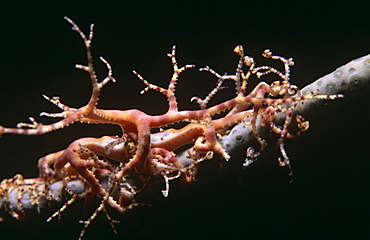
Basket Star fish (Astrophyton muricatum), juvenile on single coral 'arm', San Salvador, Bahamas, Caribbean.
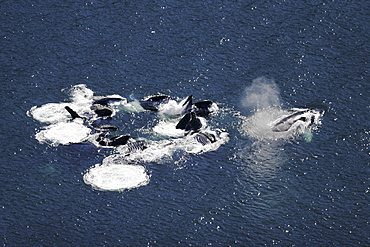
Aerial view of adult humpback whales (Megaptera novaeangliae) cooperatively "bubble-net" feeding in Southeast Alaska, USA
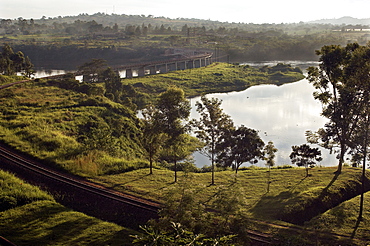
With a surface area of 68,800-úsquare kilometres (26,600-úsq-úmi), Lake Victoria is AfricaG®ös largest lake, and the largest tropical lake in the world. The Rail track meanders across Lake Victoria, just upstream from where the Victoria Nile river forms. This is the furthest point, and considered the source of the River Nile, the worldG®ös longest river. Jinja, Uganda, East Africa
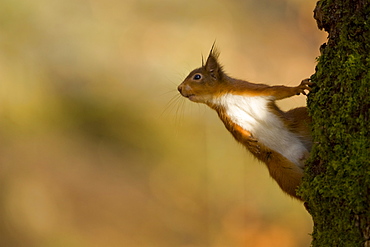
Red Squirrel (Sciurus vulgaris) standing on the edge of a mossy tree. Loch Awe, nr Oban, Scotland, UK

Three generations of an Inuit family on Shishmaref, aa tiny island inhabited by around 600 Inuits, between Alaska and Siberia in the Chukchi Sea, United States of America, North America
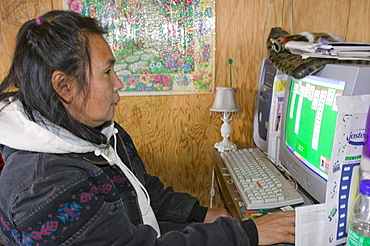
An Inuit woman playing on a computer on Shishmaref, a tiny island inhabited by around 600 Inuits, between Alaska and Siberia in the Chukchi Sea, United States of America, North America

An Inuit on Shishmaref, a tiny island inhabited by around 600 Inuits, between Alaska and Siberia in the Chukchi Sea, United States of America, North America

Shishmaref, a tiny island inhabited by around 600 Inuits, between Alaska and Siberia in the Chukchi Sea, United States of America, North America

Inuit child on the tundra at the mouth of the Serpentine River near Shishmaref, a tiny island inhabited by around 600 Inuits, between Alaska and Siberia in the Chukchi sea, United States of America, North America
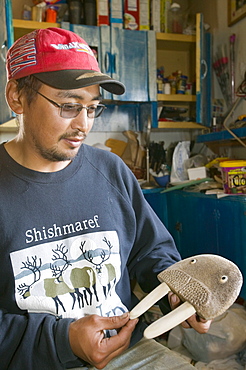
An Inuit man with a traditional eskimo art on Shishmaref, a tiny island inhabited by around 600 Inuits, between Alaska and Siberia in the Chukchi Sea, United States of America, North America
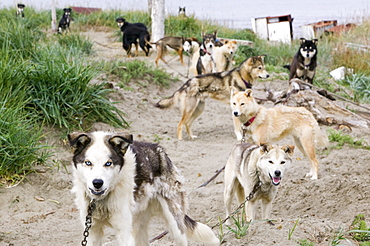
Sled dog on Shishmaref, a tiny island inhabited by around 600 Inuits, between Alaska and Siberia in the Chukchi Sea, United States of America, North America
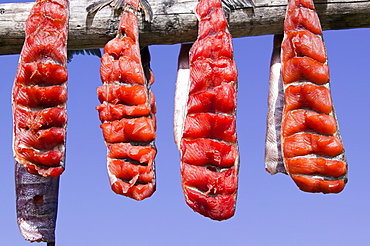
Salmon hanging to dry on Shishmaref, a tiny island inhabited by around 600 Inuits, between Alaska and Siberia in the Chukchi Sea, United States of America, North America
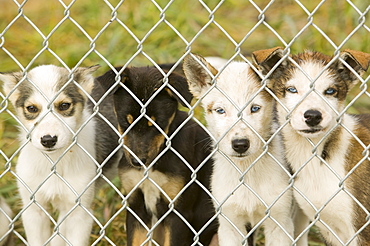
Dog sled puppies on Shishmaref, a tiny island inhabited by around 600 Inuits, between Alaska and Siberia in the Chukchi Sea, United States of America, North America
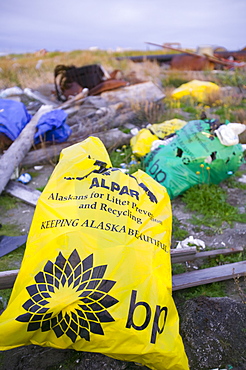
Rubbish on Shishmaref, a tiny island inhabited by around 600 Inuits, between Alaska and Siberia in the Chukchi Sea, United States of America, North America

The dump on Shishmaref, a tiny island inhabited by around 600 Inuits, between Alaska and Siberia in the Chukchi Sea, United States of America, North America
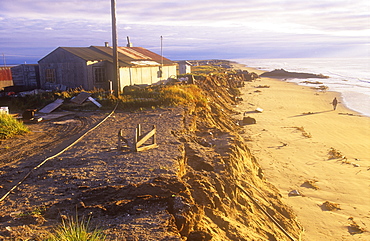
Shishmaref, a tiny island inhabited by around 600 Inuits, between Alaska and Siberia in the Chukchi Sea, United States of America, North America

Rubbish on Shishmaref, a tiny island inhabited by around 600 Inuits, between Alaska and Siberia in the Chukchi Sea, United States of America, North America
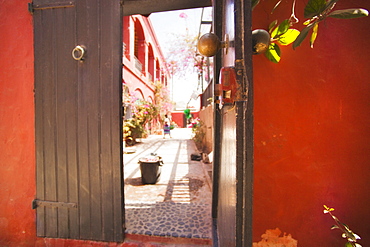
02/04/2009. Senegal, Dakar, Island of Goree, the beach, Unesco World Heritage, The island of Goree was a traditional slaving and trading port, by the colonial powers of Europe, It is a small town of historic houses, with a fort and a protected harbour for trading, Town, local streets, reidential buildings. Dakar, Goree Islnad , Cape Verde Peninsula. Senegal

An Inuit hunter on Shishmaref, a tiny island inhabited by around 600 Inuits, between Alaska and Siberia in the Chukchi Sea, United States of America, North America
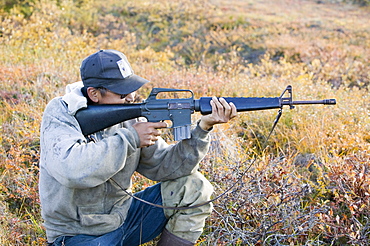
J J Weyouanna hunting Caribou on the tundra at the mouth of the Serpentine river near Shishmaref, a tiny island inhabited by around 600 Inuits, between Alaska and Siberia in the Chukchi Sea, United States of America, North America
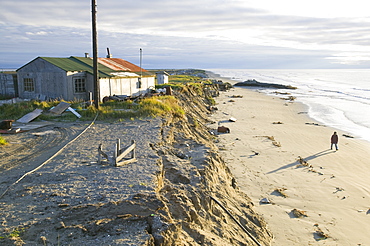
J J Weyouanna's wife stands on the beach where their house used to be on Shishmaref, a tiny island inhabited by around 600 Inuits, between Alaska and Siberia in the Chukchi Sea, United States of America, North America
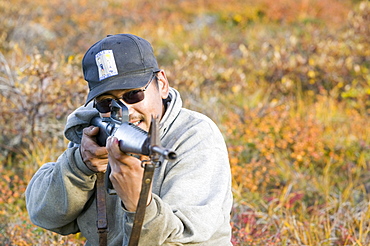
J J Weyouanna hunting Caribou on the tundra at the mouth of the Serpentine river near Shishmaref, a tiny island inhabited by around 600 Inuits, between Alaska and Siberia in the Chukchi Sea, United States of America, North America

Lola Everson, an Inuit elder on Shishmaref, a tiny island inhabited by around 600 Inuits, between Alaska and Siberia in the Chukchi Sea, United States of America, North America
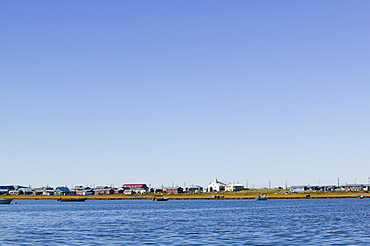
Shishmaref, a tiny island inhabited by around 600 Inuits, between Alaska and Siberia in the Chukchi sea, United States of America, North America
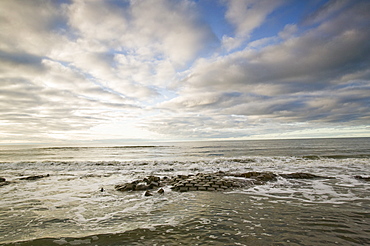
Shishmaref, a tiny island inhabited by around 600 Inuits, between Alaska and Siberia in the Chukchi Sea, United States of America, North America
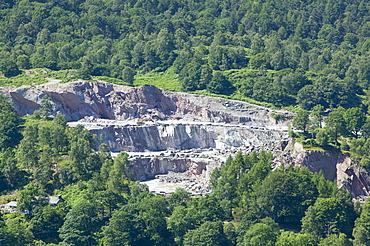
Slate quarries in Elterwater in the Langdale Valley, Lake District, Cumbria, England, United Kingdom, Europe
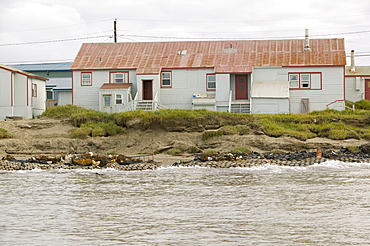
Shishmaref, a tiny island inhabited by around 600 Inuits, between Alaska and Siberia in the Chukchi sea, United States of America, North America

An Inuit man with tundra swans that he shot on Shishmaref, a tiny island inhabited by around 600 Inuits, between Alaska and Siberia in the Chukchi Sea, United States of America, North America
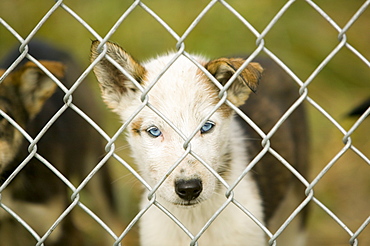
Dog sled puppies on Shishmaref, a tiny island inhabited by around 600 Inuits, between Alaska and Siberia in the Chukchi Sea, United States of America, North America

Sled dog on Shishmaref, a tiny island inhabited by around 600 Inuits, between Alaska and Siberia in the Chukchi Sea, United States of America, North America

Autumn and winter storms eroding the coastline of Shishmaref, a tiny island inhabited by around 600 Inuits, between Alaska and Siberia in the Chukchi Sea, United States of America, North America
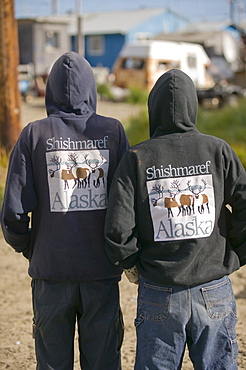
Inuits on Shishmaref, a tiny island inhabited by around 600 Inuits, between Alaska and Siberia in the Chukchi Sea, United States of America, North America
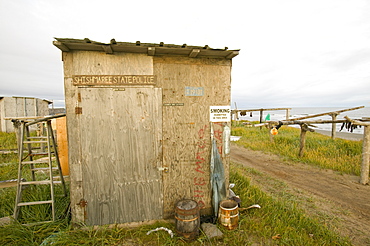
Shishmaref, a tiny island inhabited by around 600 Inuits, between Alaska and Siberia in the Chukchi Sea, United States of America, North America

The cemetery on Shishmaref, a tiny island inhabited by around 600 Inuits, between Alaska and Siberia in the Chukchi Sea, United States of America, North America
